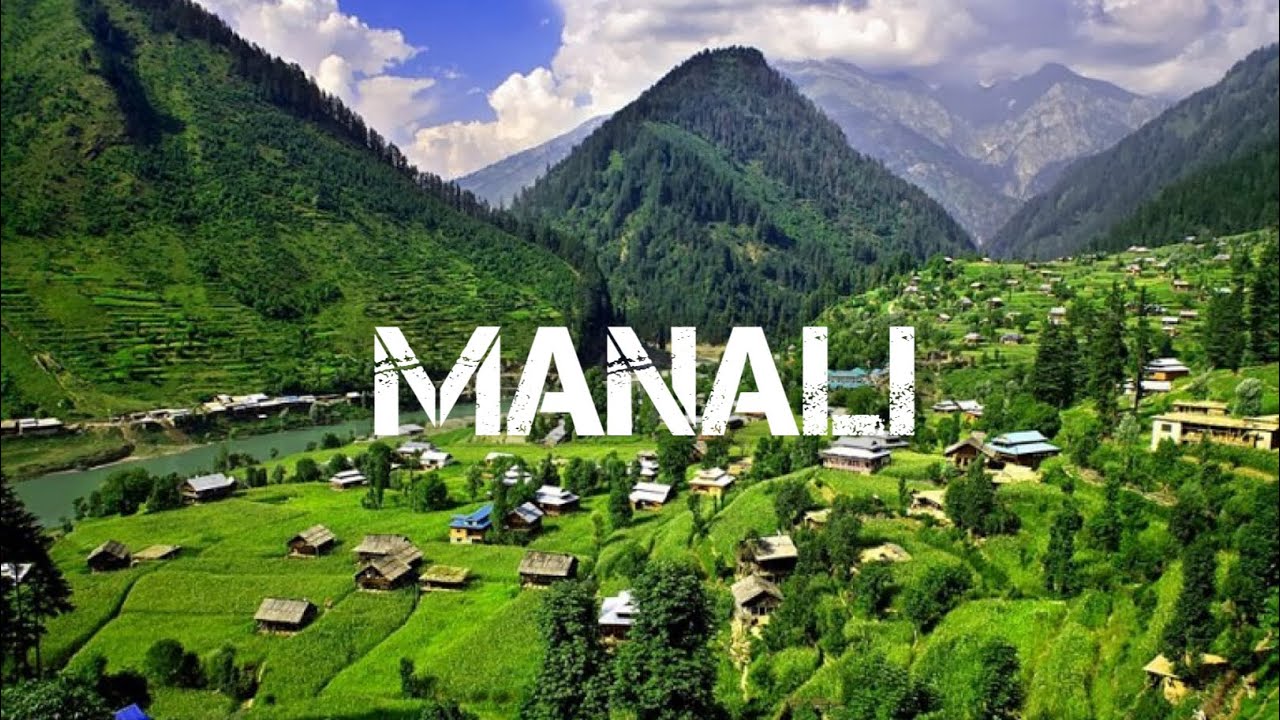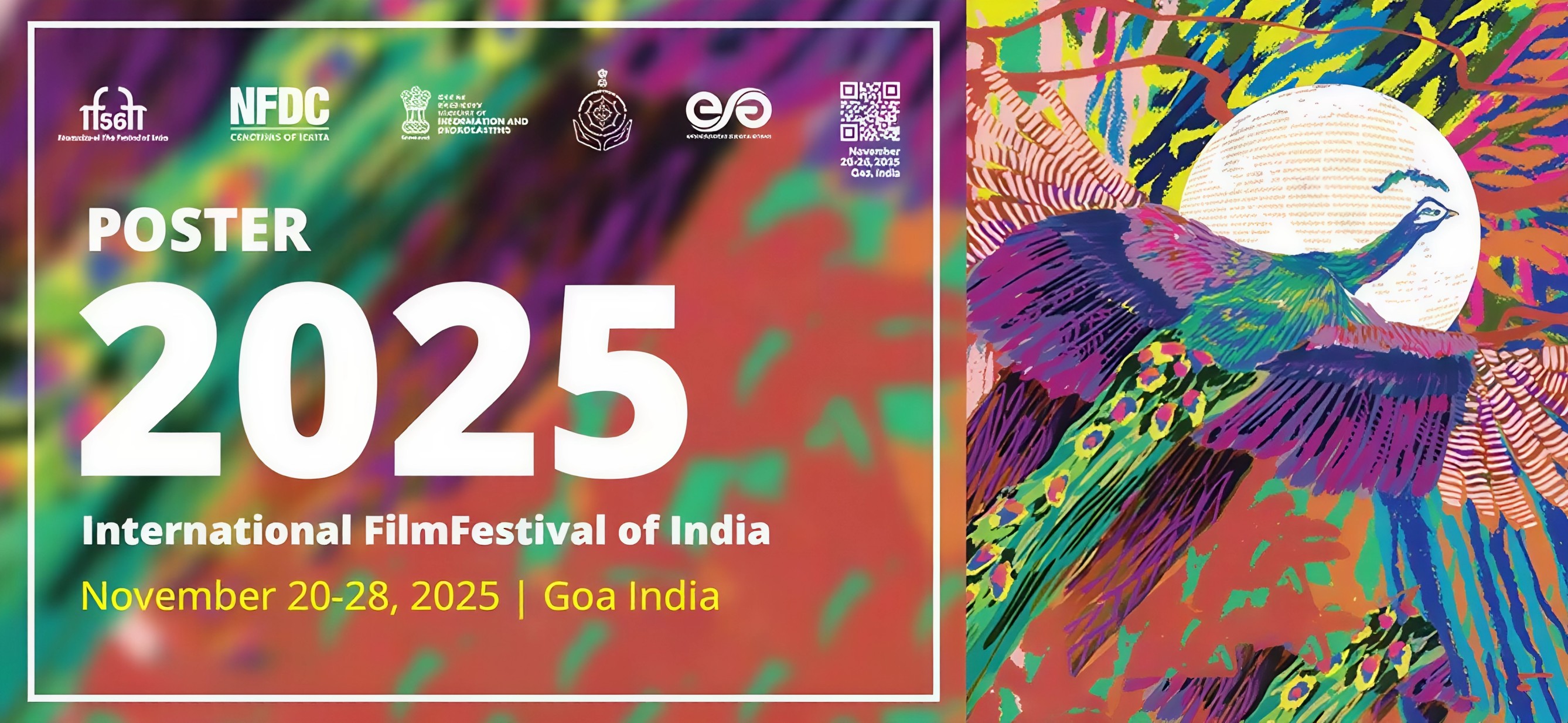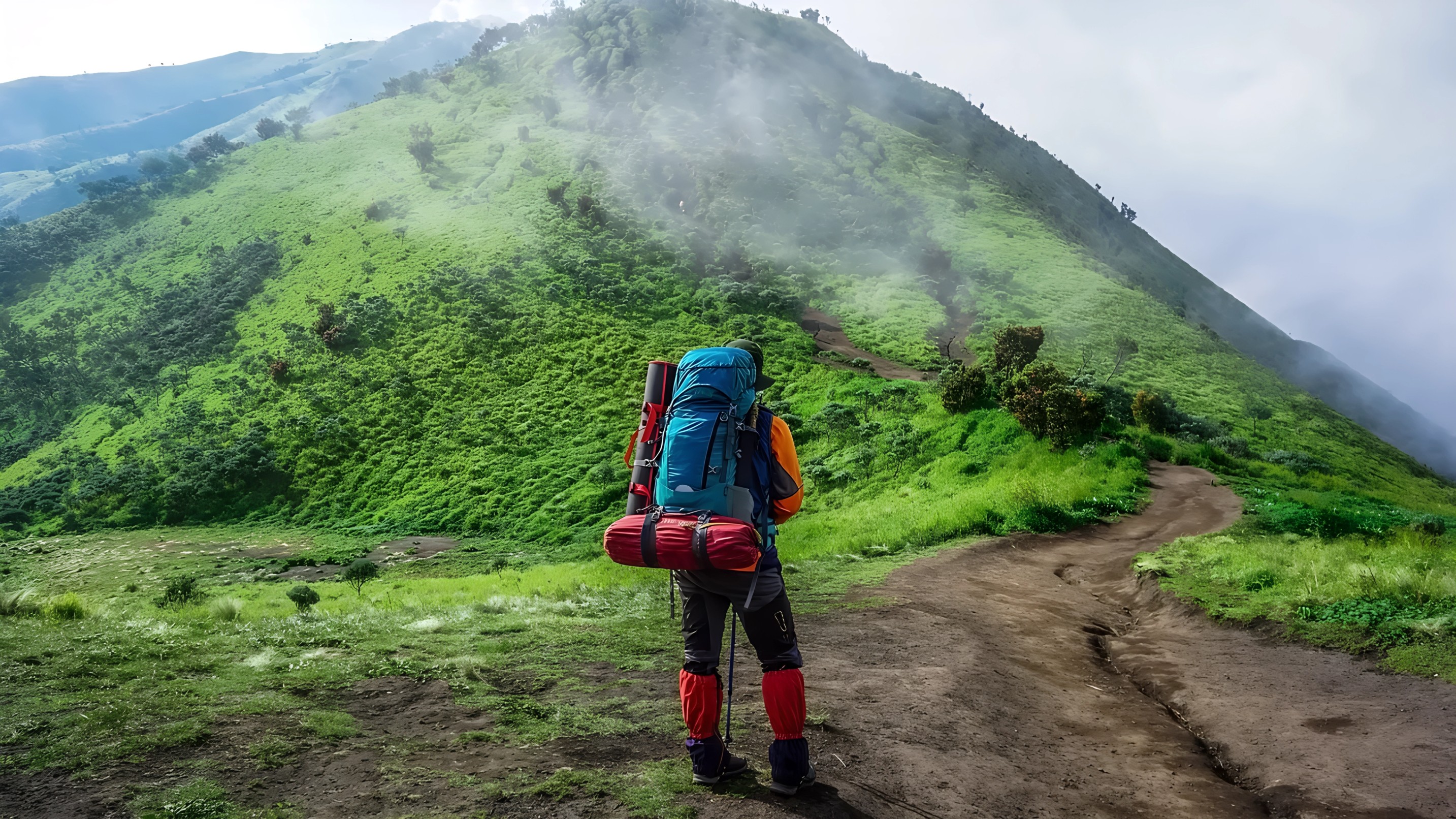A recent zipline accident in Manali has once again highlighted the urgent need to address safety regulations in India’s booming adventure tourism industry. On June eighth, a twelve year old girl suffered severe injuries after falling thirty feet into a rocky gorge when the zipline cable snapped mid ride. The incident has sparked widespread concern about the preparedness, safety measures, and accountability of adventure operators across the country.

The girl, identified as Trisha, is now stable and recovering after undergoing surgery for multiple fractures. But the shocking visuals of her fall circulated widely, leading to a flurry of questions online about how such an accident could have occurred. Unfortunately, this is not an isolated case. Just two months earlier, a twenty eight year old woman lost her life after falling from a zipline tower in Pune’s Bhor tehsil. In that incident, the victim slipped while attempting to secure her safety hook and fell thirty feet, suffering fatal injuries.
These accidents are part of a worrying pattern. Earlier in January, three tourists died in separate paragliding crashes in Himachal Pradesh. The victims included a traveller from Tamil Nadu, a nineteen year old girl from Gujarat, and a tourist from Telangana. The causes ranged from mid air collisions to pilot errors during takeoff. Each case underscored a troubling lack of standardisation, training, and enforcement in adventure sports management.
The common thread in all these incidents is the absence of a unified and strictly enforced regulatory framework. While adventure sports have surged in popularity, especially in states like Himachal Pradesh, Uttarakhand, Goa, and Ladakh, the infrastructure and training have not always kept pace. Experts point out that many tour operators continue to use outdated or second hand equipment sourced from other countries. Others operate with underqualified staff and inadequate safety checks.

According to estimates, India’s adventure tourism sector is growing at over twenty percent annually and is expected to cross six thousand crore rupees in revenue by twenty twenty six. Yet, the sector continues to struggle with a patchwork of guidelines that vary by state. In many cases, licenses are issued to operators who lack sufficient training or fail to follow even basic safety standards. The problem is not the activity itself but how it is executed.
Vaibhav Kala, founder of Aquaterra Adventures and a vocal advocate for responsible adventure tourism, believes that safety depends entirely on how well an activity is managed. He emphasises that the setup, equipment, and guide expertise must all meet high standards. Kala explains that the Adventure Tour Operators Association of India has issued comprehensive safety guidelines, and the central government has directed states to implement these measures. However, compliance is still uneven.
Kala stresses that the responsibility is also shared by tourists. Before signing up for any adventure activity, travellers must research the operator’s credentials, check for proper certifications, and ask questions about safety procedures and equipment quality. Choosing an operator that prioritises safety over profit can make all the difference.
The Manali accident is a wake up call for both the industry and its consumers. As India continues to promote itself as a destination for thrill seekers, safety cannot remain a secondary concern. Adventure should never come at the cost of a life, and the system must evolve to reflect that. Strengthening enforcement, training operators, improving equipment standards, and educating tourists are not just steps forward, they are absolute necessities.
Follow Travel Moves on Instagram and Facebook for the latest insights and alerts.








